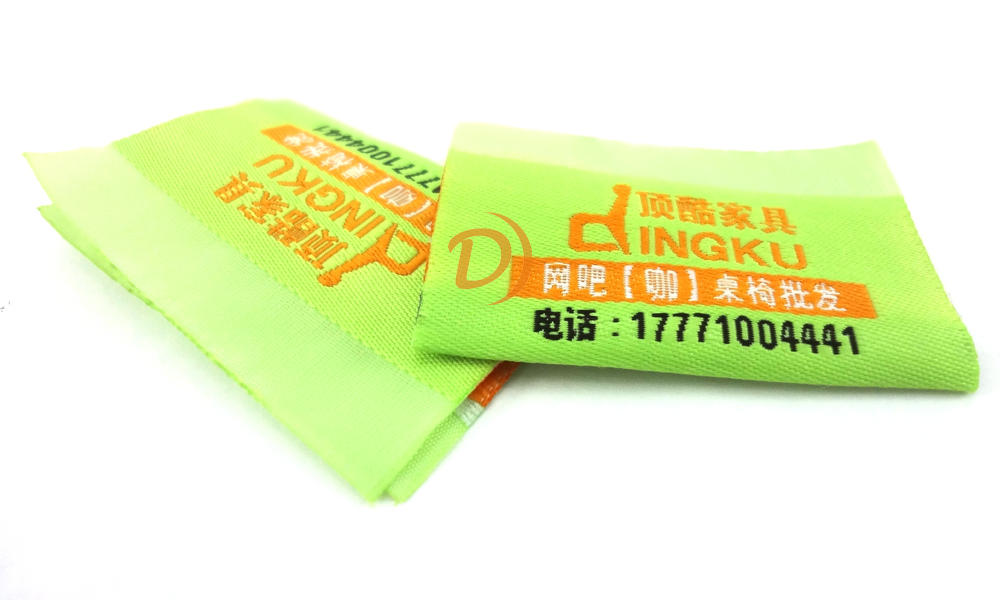Care Label News
How New Regulations Are Shaping the Future of Care Labels
The landscape of care labels is continually evolving, driven by new regulations that aim to improve consumer protection, enhance product transparency, and promote sustainability. These regulations reflect changing consumer expectations, advancements in textile technology, and a growing focus on environmental and social responsibility. This article explores how new regulations are influencing the design, functionality, and overall role of care labels in the fashion and textile industries.

Key Regulatory Developments
-
Enhanced Transparency Requirements: Recent regulations mandate greater transparency in care labels, requiring brands to provide more detailed information about garment composition, care instructions, and potential hazards. This move aims to help consumers make informed purchasing decisions and ensure proper garment maintenance.
-
Environmental Impact Reporting: New regulations are pushing brands to disclose the environmental impact of their products, including information on material sourcing, water usage, and carbon footprint. Care labels are increasingly being used to communicate this data to consumers, promoting eco-friendly practices.
-
Consumer Safety Standards: Regulations are being introduced to ensure that care labels include safety warnings and instructions to prevent accidents and health issues. For example, labels must now clearly indicate the potential risks associated with certain cleaning chemicals or care practices.
-
Global Harmonization: Efforts are underway to harmonize care label standards across different countries and regions. International agreements aim to create uniform guidelines for symbols, instructions, and information, making it easier for consumers to understand care labels regardless of where the product was purchased.
Impact on Label Design and Functionality
-
Increased Information Density: As regulations require more detailed information, care labels are evolving to accommodate additional data. This includes expanding text fields, incorporating more symbols, and using advanced printing techniques to ensure legibility.
-
Use of Technology: Regulatory changes are driving the integration of technology into care labels. Smart labels with QR codes, RFID tags, and NFC chips are becoming more common, allowing consumers to access detailed care instructions, product information, and sustainability reports via their smartphones.
-
Sustainable Materials: In response to environmental regulations, there is a growing emphasis on using eco-friendly materials for care labels. Brands are exploring options such as recycled fabrics, biodegradable inks, and sustainable printing processes to align with new sustainability standards.
-
Enhanced Durability: New regulations often include requirements for label durability, ensuring that care instructions remain legible and intact through multiple washes and wearings. This involves using high-quality materials and advanced printing technologies.
Challenges and Opportunities
-
Compliance Costs: Adhering to new regulations can lead to increased costs for brands, particularly in terms of redesigning labels, implementing new technologies, and updating supply chain practices. However, these investments can enhance brand reputation and consumer trust.
-
Consumer Education: With the introduction of more complex information on care labels, there is a need for consumer education to help shoppers understand and use the information effectively. Brands may need to invest in educational campaigns and support materials.
-
Innovation in Labeling: The regulatory push for more detailed and transparent care labels presents opportunities for innovation. Brands can leverage new technologies and materials to create labels that not only comply with regulations but also enhance the consumer experience.
-
Global Market Adaptation: For brands operating internationally, adapting to varying regulatory requirements across different markets can be challenging. Developing flexible labeling solutions that meet diverse regulatory standards while maintaining consistency is key.
Categories
Latest News
Contact Us
Contact: Peano
Phone: 08618925218435
Tel:
Add: 1st Floor, Building 7, Zhizao Street (Accelerator), Jinwan District, Zhuhai City, Guangdong Province, China